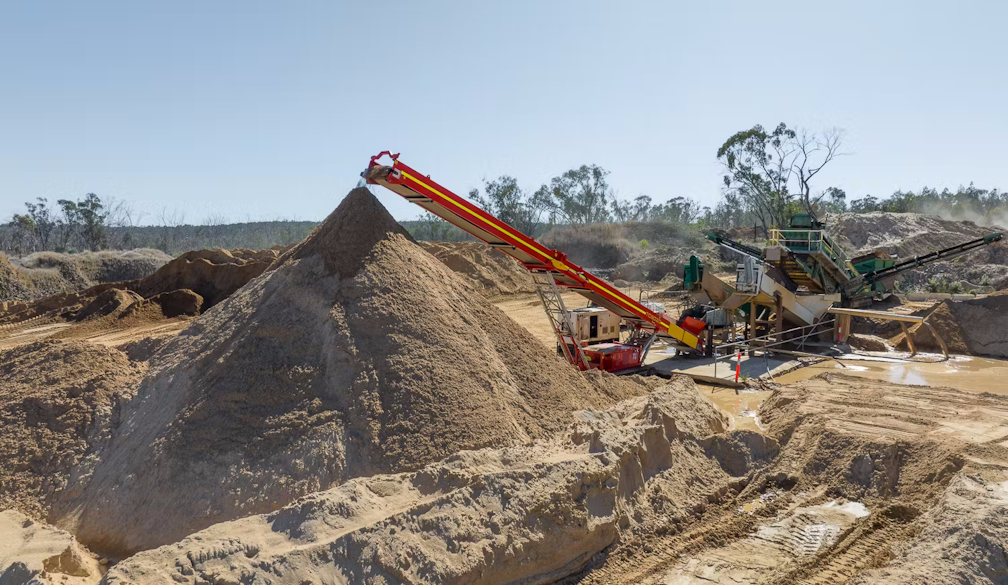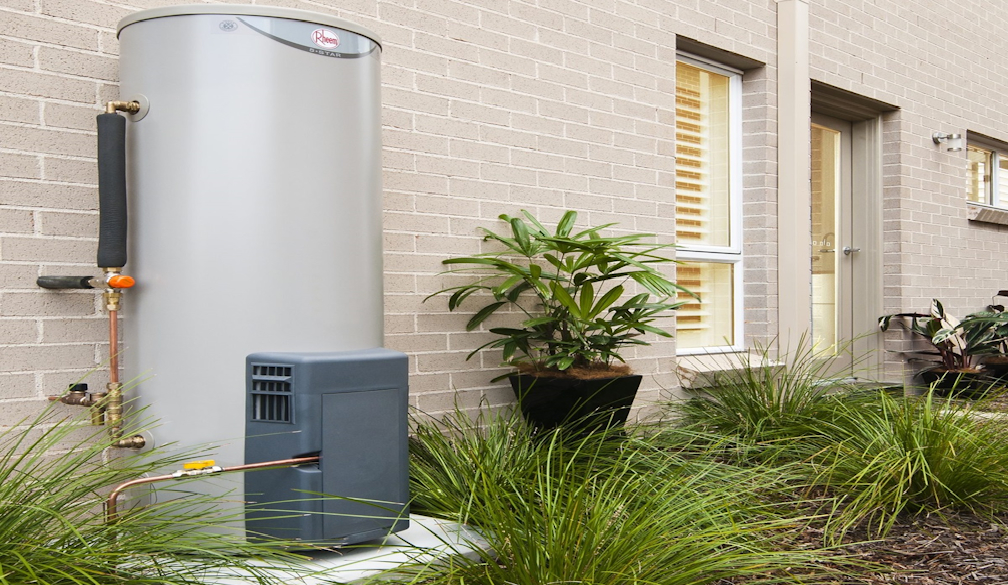The Essential Role of Stackers in Material Handling: A Focus on Australia
- Written by Viw Magazine

In the dynamic world of logistics and warehousing, maximizing efficiency is crucial. As businesses seek to enhance their operations, stackers have become vital tools that support productivity and safety. Particularly in Australia, where industries are rapidly evolving, the significance of these machines cannot be overstated. In this article, we’ll explore what stackers are, their various applications, and how they contribute to efficient material handling in Australia.
What Are Stackers?
Stackers are mechanical devices designed to lift, move, and stack materials, typically pallets or heavy loads, in warehouses and manufacturing facilities. Available in various configurations, they can be manually operated or powered by electricity. This versatility allows them to be used in a wide range of environments, from small retail spaces to expansive warehouses.
Types of Stackers
- Manual Stackers: These stackers require physical effort to operate. They are generally lightweight and easy to maneuver, making them ideal for smaller operations where lifting needs are moderate. Manual stackers are perfect for retail environments and small warehouses where space is limited.
- Electric Stackers: Powered by rechargeable batteries, electric stackers provide increased lifting power and efficiency. They are ideal for medium to heavy loads and are particularly useful in larger warehouses, where they can navigate wide aisles and tight spaces with ease.
- Semi-Electric Stackers: Combining elements of both manual and electric stackers, semi-electric models feature powered lifting capabilities but require manual movement. This makes them versatile for various applications and a cost-effective choice for businesses.
- High-Lift Stackers: Designed for taller storage solutions, high-lift stackers can raise materials to significant heights. These stackers are essential for warehouses with high shelving units, allowing for efficient use of vertical space.
Applications of Stackers in Australia
Stackers play a crucial role across multiple industries in Australia:
- Warehousing: Stackers are essential for organizing stock and facilitating the quick movement of goods. By maximizing vertical storage, they help warehouses operate more efficiently.
- Manufacturing: In manufacturing settings, stackers assist in transporting raw materials and finished products. Their efficiency ensures a smoother workflow, contributing to increased productivity.
- Retail: Stackers are often used in retail environments for inventory management. They enable staff to easily move and organize products, maintaining an orderly shopping experience.
- Construction: On construction sites, stackers help transport heavy materials and equipment, making them versatile tools for various applications.
The Benefits of Using Stackers
- Space Optimization: One of the most significant advantages of stackers is their ability to optimize vertical space. By allowing businesses to store materials at greater heights, they can significantly increase storage capacity.
- Enhanced Productivity: Stackers streamline material handling processes, allowing workers to move goods quickly and efficiently. This improvement in productivity can have a direct impact on the bottom line.
- Safety Improvements: Using stackers reduces the risk of workplace injuries associated with manual lifting. By providing a safer alternative for handling heavy loads, they create a more secure work environment.
- Cost-Effective Solutions: Investing in stackers can lead to long-term savings by enhancing operational efficiency and reducing labor costs. They enable businesses to make the most of their resources.
Choosing the Right Stackers in Australia
When selecting stackers for your operation, consider the following factors:
- Load Capacity: Determine the maximum weight you will need to lift and choose a stacker that can safely handle that load.
- Lift Height: Assess how high you need to lift materials to ensure that your chosen stacker meets your vertical storage requirements.
- Operating Environment: Think about the surfaces and space where the stacker will be used. Some models are designed for indoor use, while others can handle outdoor conditions.
- Power Source: Decide whether manual, electric, or semi-electric stackers are the best fit based on your operational needs and budget.
- Maneuverability: Consider the design and size of the stacker to ensure it can navigate through your facility with ease.
Conclusion
Stackers are essential tools that greatly enhance the efficiency and safety of material handling operations across various industries in Australia. By understanding the different types of stackers and their applications, businesses can make informed decisions that improve productivity and optimize space.
Investing in quality stackers Australia not only streamlines operations but also positions your business for success in an increasingly competitive market. As the demand for efficient material handling solutions grows, incorporating stackers into your operations will undoubtedly pay off in terms of both efficiency and safety.
The Future of Stackers
As technology continues to evolve, the future of stackers looks promising. Innovations in automation, artificial intelligence, and sustainability will likely shape the next generation of stackers, making them even more efficient and user-friendly. Businesses that stay ahead of these trends will have a competitive edge in the material handling sector.





